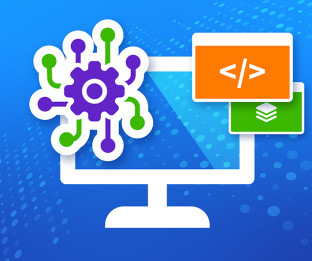NetOps for Application Developers: Understanding the Importance of Network Operations in Modern Development
Kentik
APRIL 16, 2023
At scale, and primarily when carried out in cloud and hybrid-cloud environments, these distributed, service-oriented architectures and deployment strategies create a complexity that can buckle the most experienced network professionals when things go wrong, costs need to be explained, or optimizations need to be made.


















Let's personalize your content